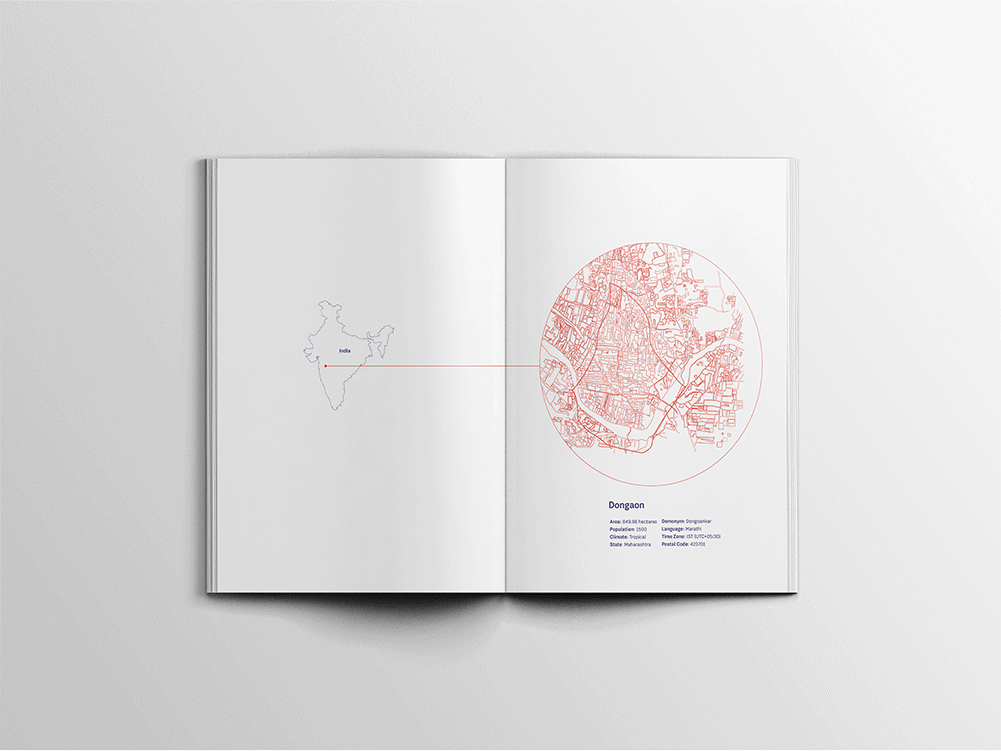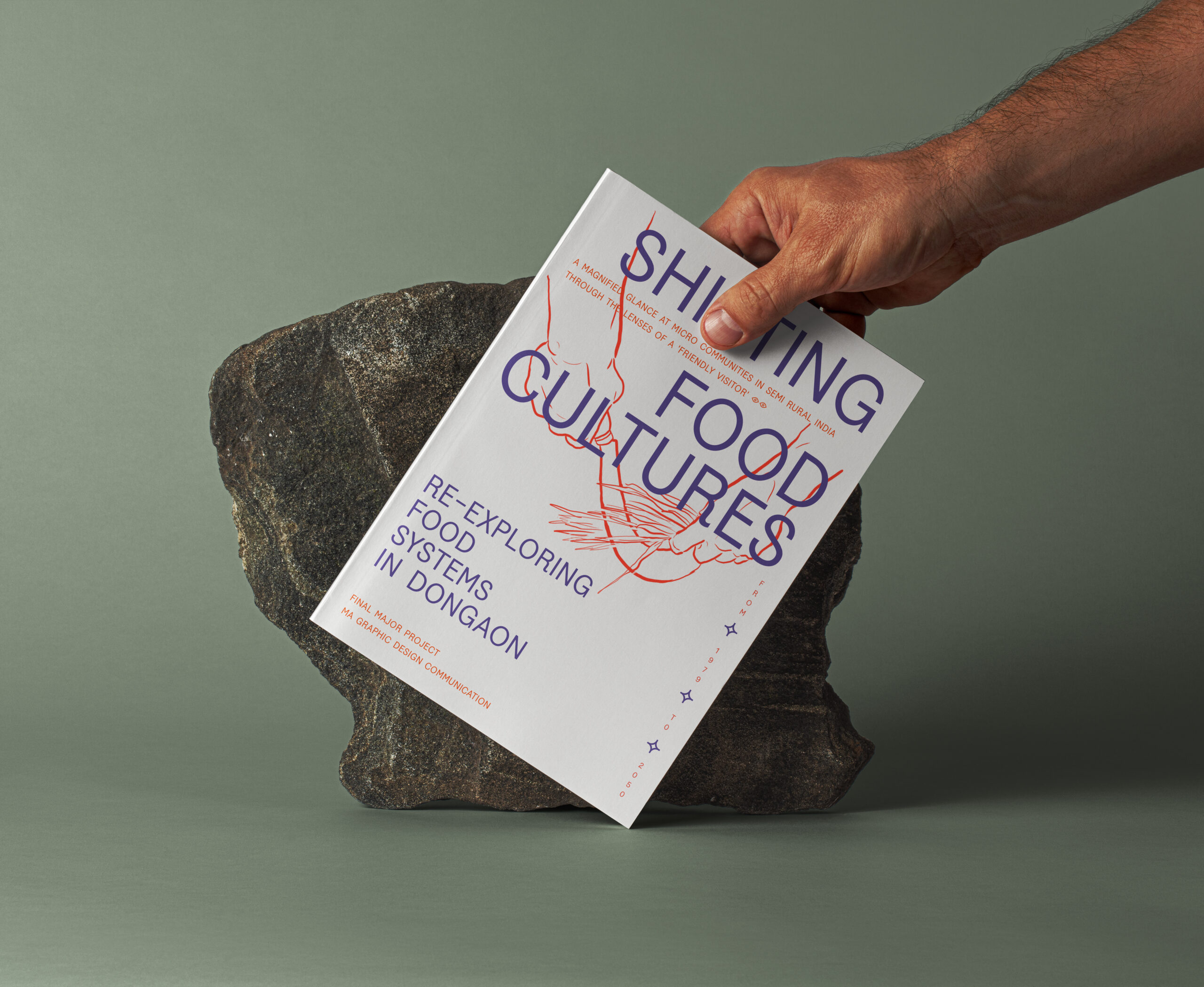
(01) Context & Challenge
This project explored food systems in a semi-rural Indian village to reflect on that question. It traced the journey from farm to table while unpacking the impact of modern agriculture, economic pressures, and shifting ecologies.
The challenge was to document and speculate how food cultures might transform in a rapidly changing world.



I led this project as part of my design research at the University of the Arts London, working independently across fieldwork, film, research writing, and design. This was a solo-led project deeply shaped by conversations with farmers, families, and local food producers.

(02) Research & Insights
Field research involved living in Dongaon, observing seasonal rhythms, and interviewing farmers who straddled old and new food systems.
Key insights:
- Traditional farming knowledge is rapidly fading due to monoculture incentives
- Younger generations are moving away from food-growing traditions
- Industrial agriculture introduces dependency, uncertainty, and loss of local seed autonomy
- Despite modern tools, food remains cultural and woven into identity, rituals, and resilience




(03) Design Process & Mediums
Research Design
Mapped demographic patterns, ecological changes, and shifts in food rituals. I borrowed systems-thinking frameworks to visualize interconnected trends.
Film
Shot and edited a short documentary capturing daily life in Dongaon. It centered farmers’ voices, unfiltered and rooted in place. The film offered an intimate view of how large-scale systems affect real people.
Publication
Created a visual research book - Shifting FoodCultures that paired primary data, maps, and community narratives. The design was minimal, raw, and meant to read like a hybrid between field journal and speculative atlas.
Cultural Cross-Links
Built on insights from the Virtual Dinner Party project to explore how shared eating rituals could inspire new global solidarities.
(04) Outcome & Impact
-
Amplified rural perspectives in design academia, where these voices are often missing
- Created a living archive of Dongaon’s food culture as it evolves under pressure
- Inspired the early vision for Dongaon Local, my brand that supports women-led food production in the same region
- Sparked ongoing conversations in the design-for-sustainability space at UAL
(05) Reflection & Learnings
- Good research starts with listening. I learned to pause, absorb, and let stories lead
- Visual design can act as witness, not savior
- Designing for speculative futures doesn’t mean skipping the present. The answers are already in the soil, kitchens, and conversations we ignore



